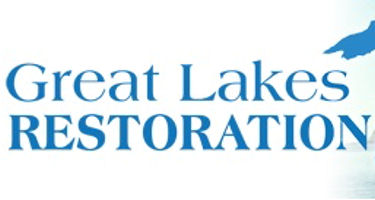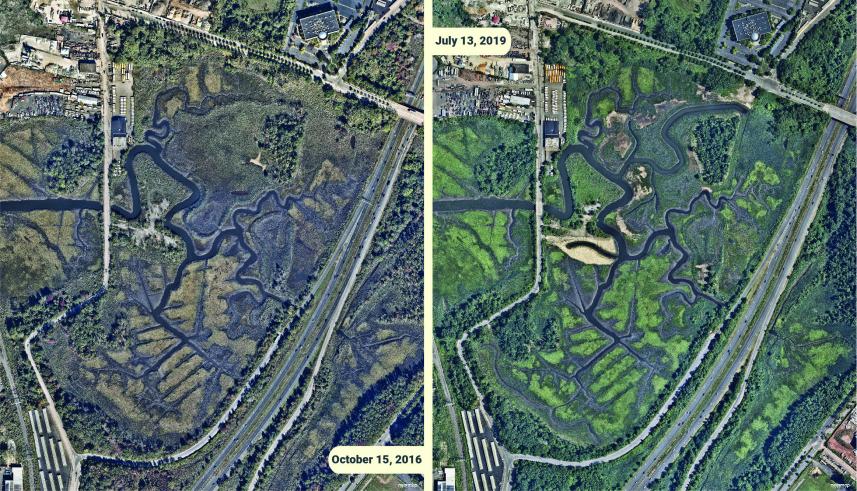As part of the U.S. Environmental Protection Agency’s (EPA) ongoing Great Lakes Restoration Initiative, more than $2 million will be distributed among 13 cities in Ohio, Wisconsin, Indiana, Minnesota, and New York this year to fund green infrastructure projects.
The grants, which were awarded on Aug. 10, are expected to fund projects that will prevent more than 49.2 million L (13 million gal) of untreated stormwater from reaching the Great Lakes through the construction of rain gardens, bioswales, green roofs, man-made wetlands, and more undertakings that mimic the way runoff is recycled in nature.
Innovative Investments
As the latest iteration of the annual Shoreline Cities program established in 2010, EPA funding collectively represents the largest investment in the Great Lakes in longer than two decades. Grantee cities can use these awards to pay up to 50% of the cost of green infrastructure projects on public property, with the goal of improving the water quality of the Great Lakes and/or the health of surrounding beaches.
Notable projects approved this year include the following:
- A proposal from Two Rivers, Wis., will create artificial wetlands at Neshotah Beach North. The wetlands would keep more than 37.8 million L (10 million gal) of stormwater from infiltrating Lake Michigan while improving drinking water quality for area residents.
- Restoration of a degraded tree- and shoreline-buffer and construction of a proposed rain garden at Park Point in Duluth, Minn., will redirect approximately 336,900 L (89,000 gal.) of stormwater from Lake Superior.
- The installation of bioretention cells at Wildwood Park in Cleveland, Ohio, will capture and treat more than 2.4 million L (650,000 gal) of stormwater that otherwise would contaminate Lake Erie.
Shoreline Cities grants regularly offer generous subsidies to innovative stormwater management projects along the Great Lakes. Last year, more than $1.8 million were awarded to projects in 11 cities. In 2013, EPA granted just under $7 million to support 16 projects.






